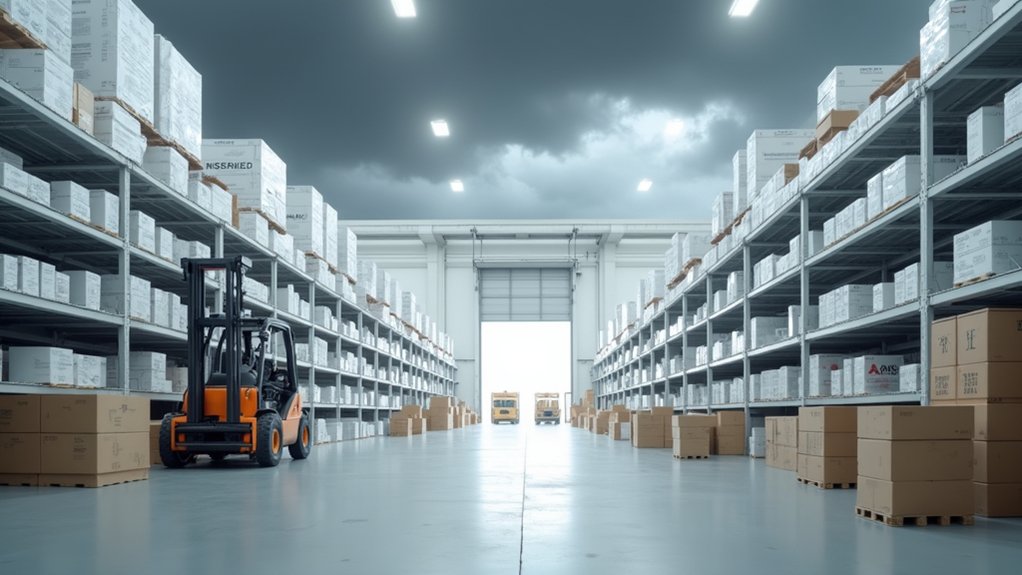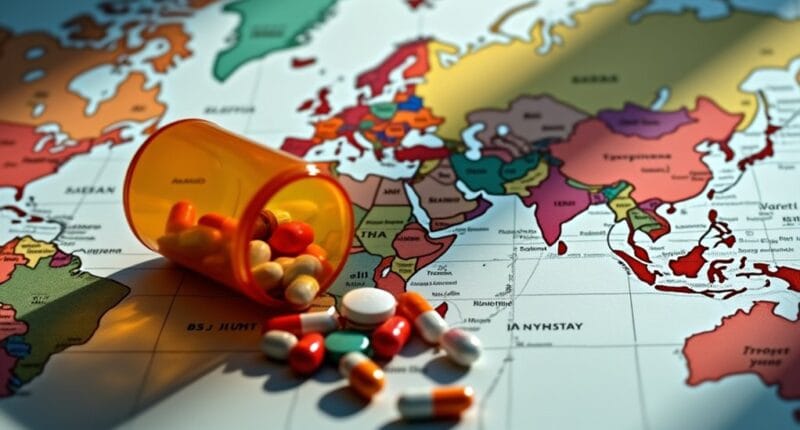Trump’s new pharmaceutical tariffs are set to rock the drug industry in 2025. The policy slaps a 10% tax on imports, with hefty 25% penalties for non-USMCA drugs from Canada and Mexico. Companies are scrambling to adjust supply chains while patients brace for higher costs. Global trade partners aren’t happy, and retaliatory measures loom. With drug shortages possible and prices likely to spike, this policy’s side effects could be worse than the cure.

While the pharmaceutical industry has long enjoyed special treatment in trade policy, the Trump administration’s sweeping new tariffs are about to give drugmakers a harsh wake-up call. The newly announced 10% tariff on imports, set to take effect April 5, 2025, has sent shockwaves through an industry accustomed to getting its way.
Let’s be real – this isn’t just another regulatory hiccup. The Commerce Department’s Section 232 investigation into pharmaceutical imports, launched April 1, has executives breaking into cold sweats. And who can blame them? We’re talking about tariffs potentially hitting everything from finished drugs to the basic ingredients that make them work.
This is no minor policy tweak – we’re looking at sweeping tariffs that could reshape how pharmaceuticals are made, sold and priced.
The math isn’t pretty. A 10-25% levy on imports means somebody’s paying more – and spoiler alert, it’s probably going to be patients. Non-USMCA compliant drugs from Canada and Mexico will get slapped with a whopping 25% tariff, while Chinese imports face a 10% hit. Pharmaceutical companies are already warning about “significant cost pass-through.” The Covid-19 pandemic has already exposed resilient domestic manufacturing as a critical necessity for the pharmaceutical sector. No kidding.
Supply chains are about to get messy. Really messy. Companies that spent decades building intricate global networks are suddenly scrambling to figure out Plan B. Some are eyeing warehouse strategies, others are considering regional manufacturing. The savings clause remains valid only until May 27, 2025, adding pressure to already strained timelines. But here’s the kicker – these changes don’t happen overnight, and shortages could pop up faster than new solutions.
The whole thing feels like a high-stakes poker game. The administration is using these tariffs to pressure trading partners on everything from fentanyl control to immigration enforcement. But Europe and Asia aren’t exactly folding their cards – they’re gearing up for negotiations and possibly retaliatory tariffs.
Drug companies are doing what they do best – lobbying hard for changes and exemptions. But with modification authority in place, tariffs could actually increase if trading partners push back. Welcome to 2025, where even aspirin might need a new pricing strategy.





